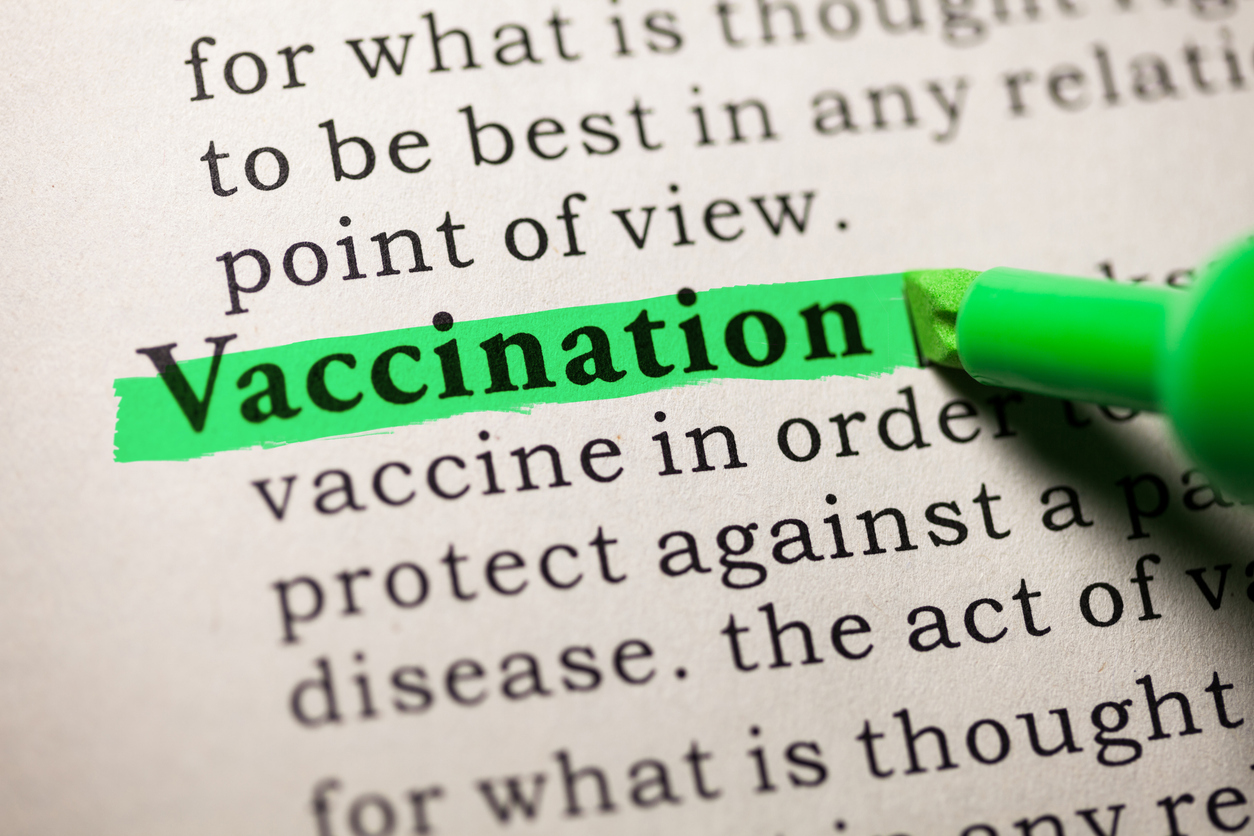2025-04-24
Vaccine vs. SMC: rivals or partners?
Infectiology
#MalariaVaccine #R21MatrixM #Malaria #Vaccination #SMC #InsecticideTreatedNets
#Immunization #VaccineAcceptability
Despite decades of efforts, malaria remains a major health threat to populations in sub-Saharan Africa. In 2022, the World Health Organization estimated 233 million cases on the continent, resulting in 580,000 deaths. Far from receding, the disease is showing a worrying resurgence, fueled by therapy resistance and the limitations of health systems.
In this context of slowing progress, vaccination represents a potential turning point. Recently, the WHO recommended the widespread use of the R21/Matrix-M vaccine. This vaccine demonstrated 82% efficacy against clinical malaria over 12 months in areas with seasonal transmission, positioning R21 as a breakthrough tool against a persistent enemy.
However, beyond clinical performance, a central question remains: how is this vaccine perceived by the affected communities? Its integration into public health practices largely depends on the support of healthcare workers, families, and community stakeholders. This study was therefore initiated to assess the social acceptability of the R21/Matrix-M vaccine in a context where other interventions—such as seasonal malaria chemoprevention (SMC) and insecticide-treated nets (ITNs)—are already widely implemented.
For this study, numerous individual interviews, focus groups, and exit interviews were conducted with various stakeholders, including healthcare professionals, community members, and field staff. This approach aimed to capture perceptions, beliefs, and reactions to the introduction of the R21/Matrix-M vaccine in a real-world malaria prevention context.
The results show that vaccine acceptability is high, based on three fundamental pillars:
While the R21/Matrix-M vaccine is seen as a major scientific breakthrough, its arrival has led to some re-evaluation of SMC. Some healthcare providers and parents reported a partial disengagement due to perceived redundancy with vaccination and SMC’s lower tolerability. Conversely, SMC can be viewed as complementary to vaccination, particularly during seasonal transmission peaks.
Finally, ITNs remain highly legitimate in prevention practices. Well integrated into household routines, they are seen as an irreplaceable safety net, even after vaccination. For many, they provide protection against malaria and other nighttime nuisances, working synergistically with new tools like R21.
Malaria remains one of the main public health scourges in sub-Saharan Africa. Despite progress, the disease persists, driven by biological resistance and logistical limitations in prevention. In the face of these ongoing challenges, the introduction of the R21/Matrix-M vaccine represents a promising advance. This study therefore examines the role of the vaccine within an existing preventive arsenal and explores how it is perceived, understood, or even compared to these older tools. This approach sheds light on potential facilitators and barriers to harmonious implementation ahead of a nationwide rollout.
The results reveal strong and widespread acceptance of the vaccine, driven by its perceived efficacy, trust in research teams, and the urgency of local health needs. The R21/Matrix-M thus emerges as a source of hope, but its successful integration will depend on how well it is seen as complementary to existing strategies such as SMC and ITNs.
However, some limitations remain. The study was conducted in a clinical trial context, with facilitated access to care and intensive follow-up—conditions that do not always reflect real-world settings. Furthermore, limited understanding of concepts such as placebo or randomization may have influenced some responses.
For large-scale implementation to succeed, it will be essential to raise awareness of the complementary role of the vaccine with other prevention tools, to closely monitor the vaccine’s impact on SMC usage, and to adapt strategies to local realities—be they logistical, cultural, or behavioral.
The R21/Matrix-M vaccine marks a new chapter in the fight against malaria. If community support is confirmed outside of trials, it could permanently change prevention dynamics. But this transition will require attentive listening to communities, great flexibility in action, and strong commitment from health systems.
Despite decades of efforts, malaria remains a major health threat to populations in sub-Saharan Africa. In 2022, the World Health Organization estimated 233 million cases on the continent, resulting in 580,000 deaths. Far from receding, the disease is showing a worrying resurgence, fueled by therapy resistance and the limitations of health systems.
In this context of slowing progress, vaccination represents a potential turning point. Recently, the WHO recommended the widespread use of the R21/Matrix-M vaccine. This vaccine demonstrated 82% efficacy against clinical malaria over 12 months in areas with seasonal transmission, positioning R21 as a breakthrough tool against a persistent enemy.
However, beyond clinical performance, a central question remains: how is this vaccine perceived by the affected communities? Its integration into public health practices largely depends on the support of healthcare workers, families, and community stakeholders. This study was therefore initiated to assess the social acceptability of the R21/Matrix-M vaccine in a context where other interventions—such as seasonal malaria chemoprevention (SMC) and insecticide-treated nets (ITNs)—are already widely implemented.
The vaccine: star of the villages?
For this study, numerous individual interviews, focus groups, and exit interviews were conducted with various stakeholders, including healthcare professionals, community members, and field staff. This approach aimed to capture perceptions, beliefs, and reactions to the introduction of the R21/Matrix-M vaccine in a real-world malaria prevention context.
The results show that vaccine acceptability is high, based on three fundamental pillars:
- A keen awareness of the burden of malaria, perceived as a constant threat to children’s health and a major economic obstacle;
- Deep trust in researchers and study teams, built through long-standing collaboration with communities during previous trials, notably with the RTS,S vaccine;
- Rapidly visible efficacy, as reported by participants, which reinforced positive perceptions of the vaccine from the very first administrations.
While the R21/Matrix-M vaccine is seen as a major scientific breakthrough, its arrival has led to some re-evaluation of SMC. Some healthcare providers and parents reported a partial disengagement due to perceived redundancy with vaccination and SMC’s lower tolerability. Conversely, SMC can be viewed as complementary to vaccination, particularly during seasonal transmission peaks.
Finally, ITNs remain highly legitimate in prevention practices. Well integrated into household routines, they are seen as an irreplaceable safety net, even after vaccination. For many, they provide protection against malaria and other nighttime nuisances, working synergistically with new tools like R21.
Read next: A race against time for a vaccine?
What next: deployment?
Malaria remains one of the main public health scourges in sub-Saharan Africa. Despite progress, the disease persists, driven by biological resistance and logistical limitations in prevention. In the face of these ongoing challenges, the introduction of the R21/Matrix-M vaccine represents a promising advance. This study therefore examines the role of the vaccine within an existing preventive arsenal and explores how it is perceived, understood, or even compared to these older tools. This approach sheds light on potential facilitators and barriers to harmonious implementation ahead of a nationwide rollout.
The results reveal strong and widespread acceptance of the vaccine, driven by its perceived efficacy, trust in research teams, and the urgency of local health needs. The R21/Matrix-M thus emerges as a source of hope, but its successful integration will depend on how well it is seen as complementary to existing strategies such as SMC and ITNs.
However, some limitations remain. The study was conducted in a clinical trial context, with facilitated access to care and intensive follow-up—conditions that do not always reflect real-world settings. Furthermore, limited understanding of concepts such as placebo or randomization may have influenced some responses.
For large-scale implementation to succeed, it will be essential to raise awareness of the complementary role of the vaccine with other prevention tools, to closely monitor the vaccine’s impact on SMC usage, and to adapt strategies to local realities—be they logistical, cultural, or behavioral.
The R21/Matrix-M vaccine marks a new chapter in the fight against malaria. If community support is confirmed outside of trials, it could permanently change prevention dynamics. But this transition will require attentive listening to communities, great flexibility in action, and strong commitment from health systems.
Read next: Performance and usefulness of more sensitive malaria rapid diagnostic tests

Last press reviews
Vaccine vs. SMC: rivals or partners?

#MalariaVaccine #R21MatrixM #Malaria #Vaccination #SMC #InsecticideTreat...
A race against time for a vaccine?

#PfSPZ #Vaccination #Malaria #Immunogenicity <br><br><br>...
Birch allergy: could one shot change everything?

#AllergicRhinoconjunctivitis #IgG4 #Allergoid #BirchPollen #Immunotherap...